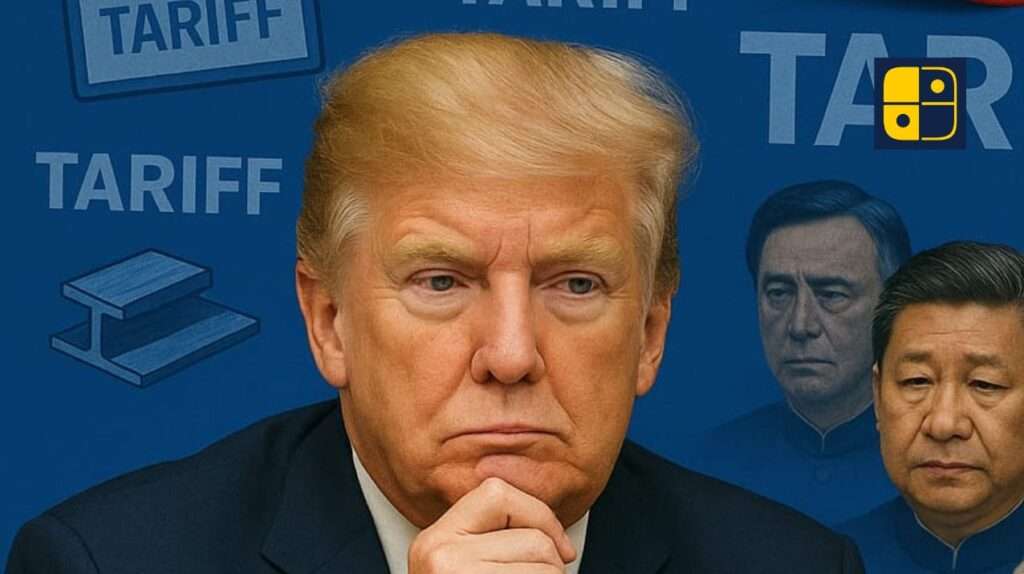US President Donald Trump is preparing a new wave of tariffs justified under national security, invoking Section 232 of the Trade Expansion Act of 1962. This move marks a shift away from the legally fragile emergency powers (IEEPA) recently curtailed by a US court, toward a framework considered more defensible under law.
The upcoming tariffs potentially 50% levies across 400+ product lines will target industries critical to supply chain resilience: steel, aluminum, semiconductors, pharmaceuticals, aircraft components, and rare earth minerals. The strategy is framed as protecting U.S. security and manufacturing autonomy, but its ripple effects will extend globally.
For India, these developments carry mixed outcomes. On one hand, Indian steel and aluminum exporters could face new barriers if included in the tariff scope, affecting trade balances. On the other, India may benefit indirectly if Washington’s focus on “strategic rivalry” narrows tariffs primarily on China-linked supply chains. New opportunities may emerge for Indian pharmaceutical and semiconductor sectors, as the U.S. looks to diversify away from Chinese dominance. However, higher U.S. tariff walls overall risk shrinking global demand and disrupting established trade flows.
For the world economy, this signals a potential escalation of trade fragmentation. The EU, Japan, South Korea, and ASEAN states could seek exemptions but may also respond with counter-tariffs or WTO complaints. China is likely to retaliate sharply, deepening global supply chain bifurcation. With the Trade Review Act of 2025 looming in Congress which may restrict unilateral presidential tariff powers Trump’s aggressive strategy could also test the balance between executive and legislative trade authority.
Looking forward, India and other emerging economies will need to navigate carefully. Aligning more closely with U.S. security supply chains could bring investment opportunities, yet over-dependence risks collateral damage in a polarized global trade environment. The next few months will determine whether these tariffs strengthen U.S. bargaining power or accelerate the world toward a multi-polar, tariff-driven trade order.

